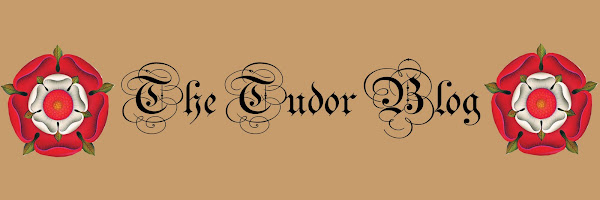I went to Southeast DC an hour early to peruse the Vivat Rex! exhibit at the Folger Shakespeare Library. This, I can report, was slightly disappointing after touring London and Kent last year. There were a few interesting pieces on display, but it was very small and limited and there was nothing as wonderful as what I saw at Hever, NPG, and Hampton Court Palace.
The play itself was staged in a very small, intimate room designed to (sort of) mimic the interior of Shakespeare's Globe. What set this apart from many of the plays I've seen was the stage design. It was so simple and yet so dramatic. Multiple metal screens with cut-outs, positioned in a zig-zag pattern along the sides of the stage, acted as halls of Tudor palaces, London alleys, prayer closets, and even the wings from which Henry would be haunted by those who he killed or let die.

The hanging, round chandelier doubled as a second stage above the primary action. The actors used the entire room and would walk through the audience or were staged among us to witness (such as the scene of Katherine and Henry's divorce hearing at Blackfriars').
The actors were wonderful and brought more emotion to Shakespeare's words than any I've seen before. Anthony Cochrane as Wolsey was excellent and Ian Merrill Peakes was a charismatic and attractive Henry VIII. Naomi Jacobson's changing accent was slightly distracting in her Queen Katherine. She seemed to teeter between English and Irish in an attempt to sound Spanish.
Although she had few lines, I loved Karen Peakes (Ian's real-life wife) as Anne Boleyn. Let's face it, in my mind she had huge shoes to fill. Peakes brought the perfect look and grace to Anne. She is now firmly the second best Anne I've ever seen, after Natalie Dormer.

The actor who stole the show was Louis Butelli as Henry's fool, Will Sommers. The director, Robert Richmond, chose Sommers as the portal through which the story would be told, he portrayed multiple characters, and brought out all of the humor Shakespeare is so famous for weaving through his plays. Every time he stepped out on stage, I knew something funny and interesting was about to happen.
Finally, I wanted to give props to Donna Langham Studio on the lovely costuming and Rodney Gordon, Ltd. for the well done millinery.



















